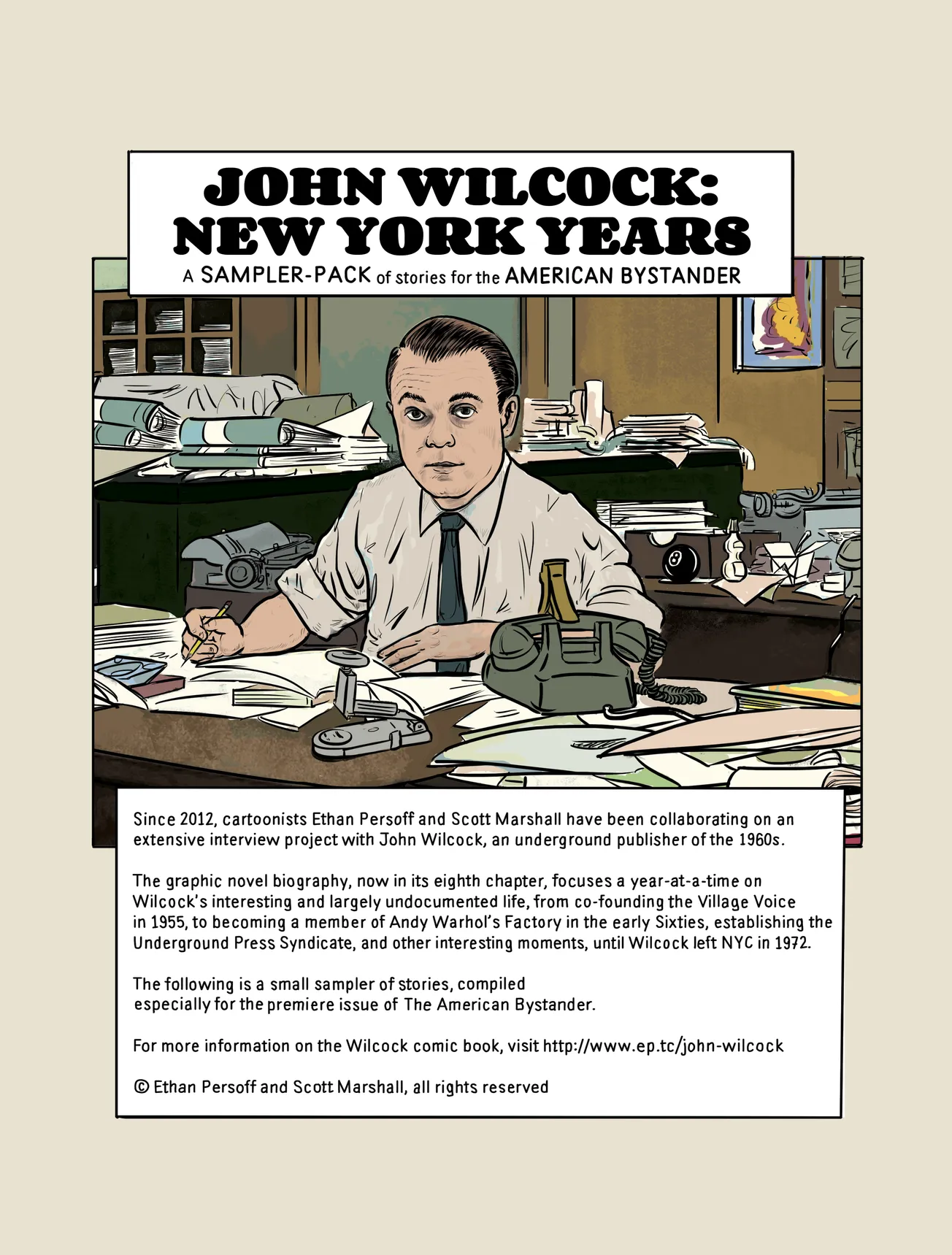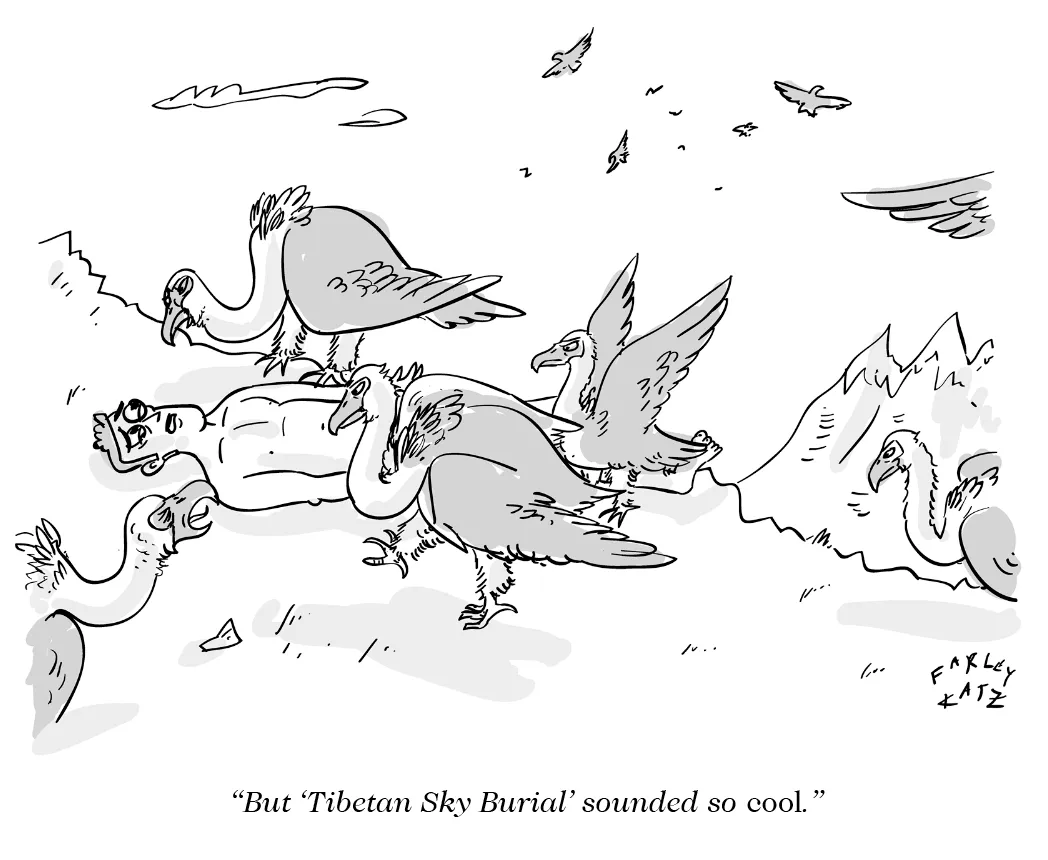Pompeii, as everybody knows, was a glam little Roman town destroyed by the very rude and uncalled for eruption of its neighbor, Mount Vesuvius. (“He was so quiet, kept to himself, never bothered anyone.”) This occurred in 79 AD, either on August 24 or October 24, historians are unsure. When I was a boy they were sure, and they said it was August; now they say it was October. I am giving them space, in case a fight breaks out.
I’m fascinated by Pompeii—and Herculaneum, and especially Baiae, Rome’s Las Vegas—all of those ancient resort towns on the Bay of Naples. I live in a resort town myself, on the Bay of Santa Monica. Like Santa Monica, Pompeii was for fun. And that’s why Pompeii got it.
The American Bystander's Viral Load is a reader-supported publication. To receive new posts and support my work, consider becoming a free or paid subscriber.
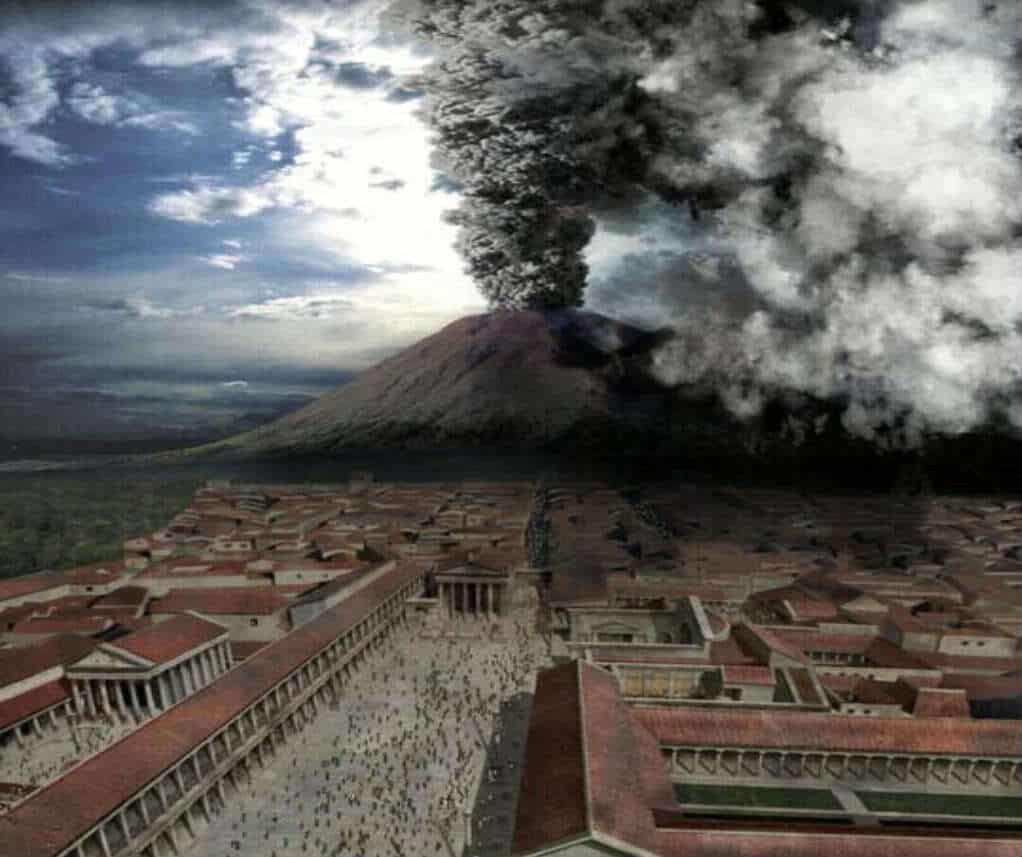
There’s something thrilling about a beautiful place on borrowed time. During last week’s rains, I thought of Pompeii; this happens oftener and oftener these days. Sometimes it’s torrential downpours, sometimes wildfires, sometimes earthquakes. Pompeii had an earthquake, too, in 62 AD, seventeen years before Vesuvius blew its top. They cleaned up the damage, then the city fathers pooled a bunch of money and rebuilt Pompeii, even grander than before.
Vulcanologists believe that Vesuvius, which last erupted in 1944 AD, is due to blow its stack any day now. The Neapolitan Metro Area contains 3.7 million people, many of them Italians; this makes it functionally impossible to evacuate via automobile. Here in LA, we can relate. Anyone who’s tried to leave a Dodgers game knows that when the Big One hits, decanting this entire city will be impossible. All we can hope for is for people to beat each other up in an orderly fashion.
There’s something a little Hollywood Babylon about Pompeii, a little Baz Luhrmann. The early modern Europeans who discovered the city were scandalized, and made sure to clear out the dirty stuff, locking it away in the Secret Cabinet. In 2019, right before COVID, the Getty Villa in Malibu held a once-in-a-lifetime exhibit of these naughty treasures. (The Villa itself is a recreation of the Villa dei Papyri near Herculaneum, which was also buried in 79 AD.) Anyway, one of the items on display was this statue of Pan having his way with a goat, which always makes me laugh. (I also enjoy the uncouth t-shirts on sale on the Venice boardwalk.)
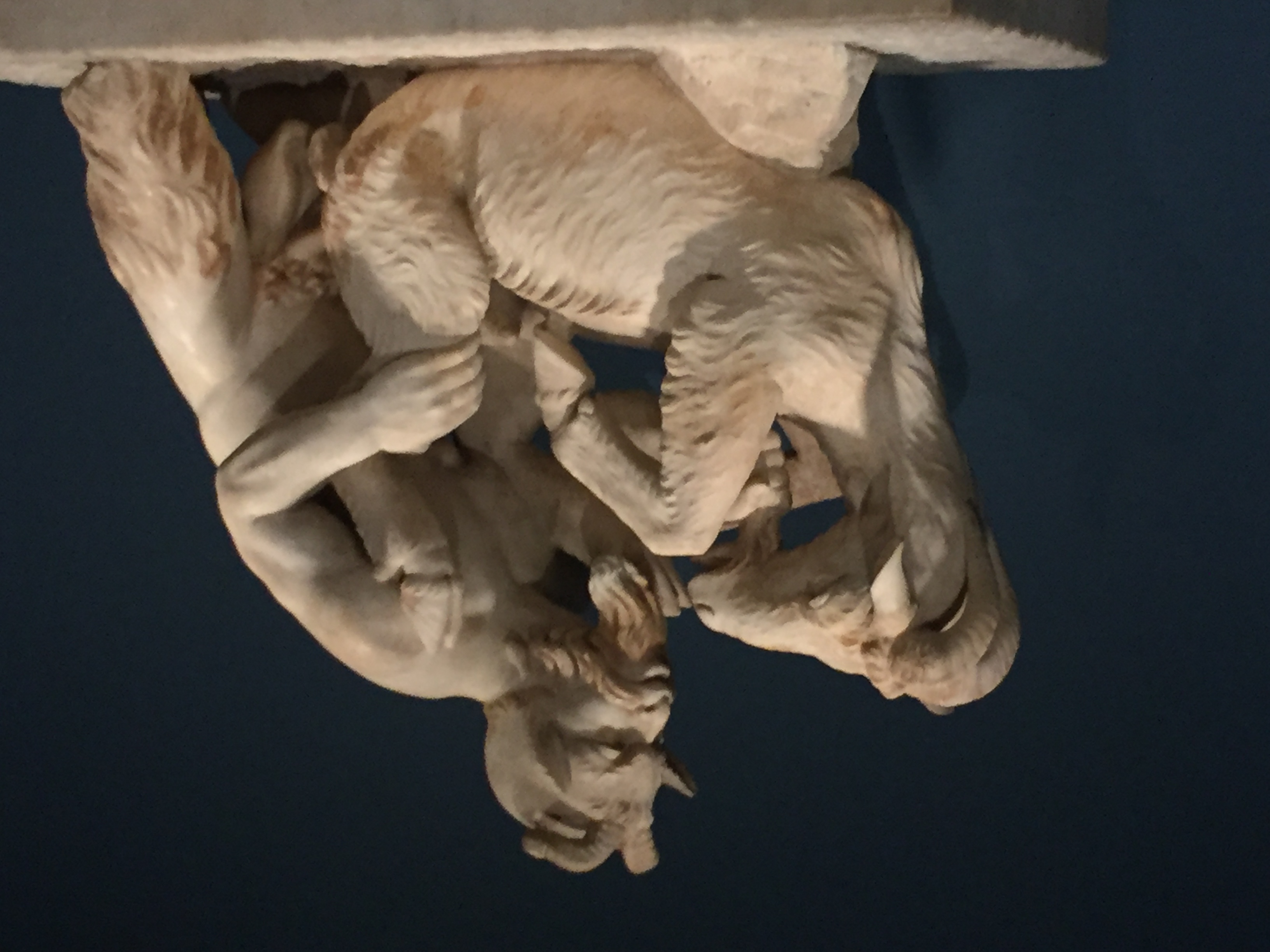
I visited Pompeii once, in 1985, on a trip to Italy with my high school Latin class. Burdened with the seething hormones of a 15-year-old boy (and, judging by Pompeii’s graffiti, many ancient Romans) I spent that week primarily focused on seeing if I could get a heavy-browed girl named Karen to make out with me. She did not, which left plenty of space in my brain for Roman Facts. In a ten-day blitzkrieg of culture, we hit Rome, Naples, Pompeii, Capri, Venice, then home. (I may be forgetting some stops.) Pompeii was the morning of a day; the afternoon was spent at Tiberius’ villa, and Capri’s “Blue Grotto,” the Emperor’s private swimming hole. Having read my Suetonius, I told my Latin teacher tales of Tiberius’ debauchery; an apple-cheeked Wisconsin lady of no more than 27, she blushed so hard I thought something might break.
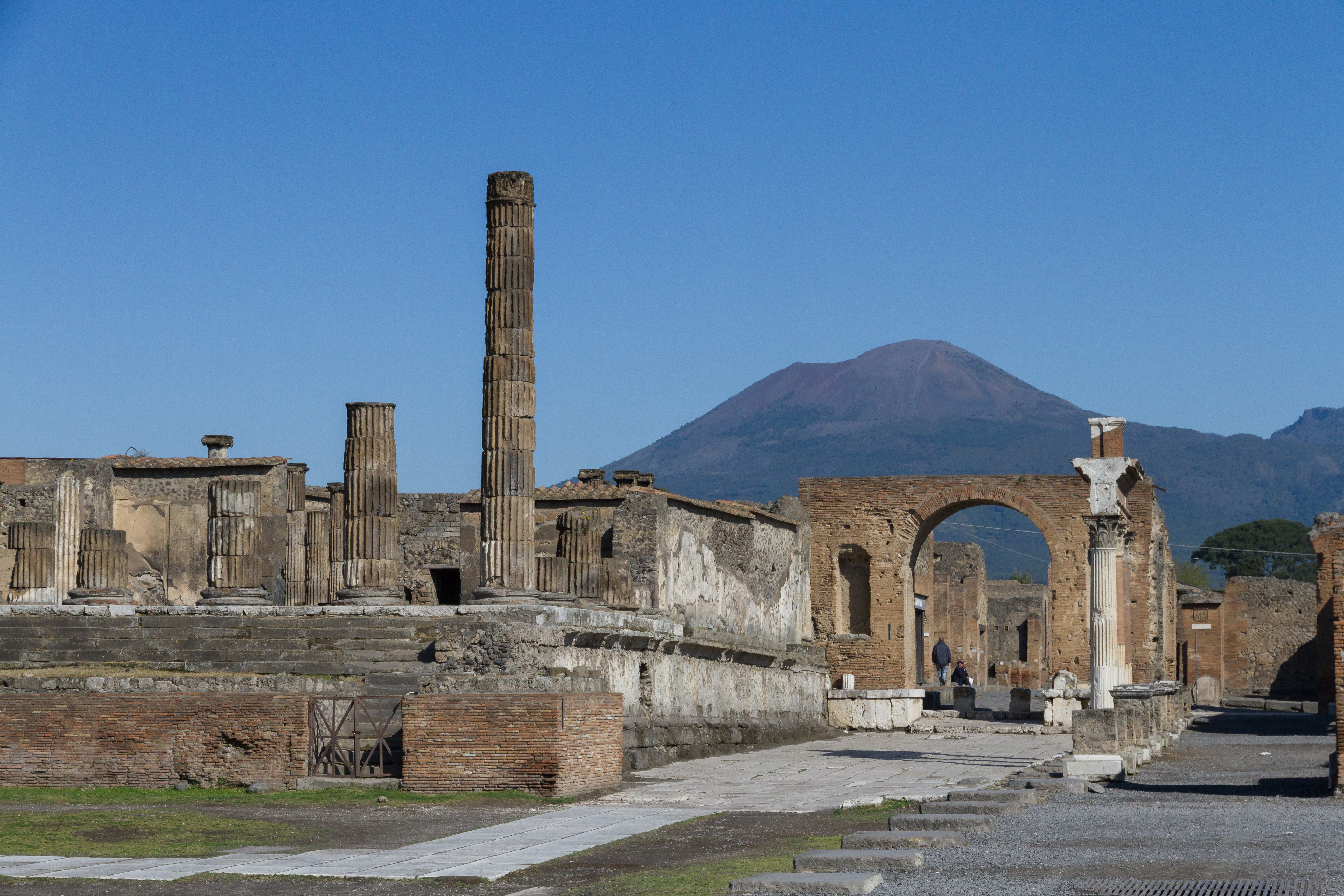
I still remember the man who took us through the ruins. Elegant, stentorian, he was Italy’s answer to James Mason. For our hour-long passeggata through the city, Giacomo Masoni didn’t carry a plastic flower (gauche) or an umbrella (common), but a beautiful walking stick with the head of a wolf in silver. “It is the she-wolf of Roma.” He’d raise and wave this stick when it was time to move on.
Giacomo waved it a lot. We were twelve suburban kids between 14-17 wandering through the ruins of an ancient city, stopping randomly, shoving, laughing, picking up anything that looked vaguely coin-like, climbing on railings…and of course marking our visit in whatever way we could, whenever the authorities weren’t looking. The girls tended towards sparkle pen, the boys scratching their initials with keys. I’ve heard the ruins are very well-tended now, but back in March 1985, the Italians were quite laissez-faire; they knew Roman tourists had done the exact same thing twenty centuries earlier. But Giacomo had proprietary feelings, thank goodness, and so would deal out a good strong poke to anyone he caught attempting to deface the ruins of Pompeii.
Or, as Giacomo called it, “Bom-PAY-yeeee?” Always with the plosive, overconfident beginning, the middle syllable hit very hard for some reason, then petering out on a rising tone, like a question. Being teenagers, it took us all about thirty seconds to notice the verbal tic. “As you can see from these pots set into the counter, they had fast food in the city of…”
(we were all waiting for it)
“…Bom-PAY-yeeee?”
We started feeding him questions, just to make him say it. “Signore, were people proud of being from the city? When they went to Rome, would they say ‘I am from…?”
“Si, certo. ‘I am from Bom-PAY-eee?’ they might say. And the other person might respond, ‘You are fortunato. Bom-PAY-eee? is very nice. I have a villa there, in Bom-PAY-ee? I have been there many times. Many times I have visited Bom-PAY-eee?”
I realize now he was punking us, this natty local dude just trying to have a little fun as he picked up a couple extra lire.
It makes me sad to think that Giacomo Masoni, whom I only met the once, is almost certainly dead by now; if American high schoolers didn’t get him, COVID certainly did. But I’ve always remembered him, and his dove gray tie and his checked brown three-piece suit, the vest straining slightly against a middle-aged pot. Now I have one of those bellies, too, as big as his. And I don’t even live in Bom-PAY-eee?
…Or do I?
The American Bystander's Viral Load is a reader-supported publication. To receive new posts and support my work, consider becoming a free or paid subscriber.



